Author: Berend Smit

MOF/MOF Heterojunctions
S. Kampouri, F. M. Ebrahim, M. Fumanal, M. Nord, P. A. Schouwink, R. Elzein, R. Addou, G. S. Herman, B. Smit, C. P. Ireland, and K. C. Stylianou, Enhanced Visible-Light-Driven Hydrogen Production through MOF/MOF Heterojunctions ACS Appl. Mater. Interfaces (2021) DOI: 10.1021/acsami.0c23163 Abstract: A strategy for enhancing the photocatalytic performance of MOF-based systems (MOF: metal–organic (…)
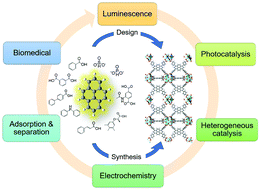
Pyrene-based MOFs
F. P. Kinik, A. Ortega-Guerrero, D. Ongari, C. P. Ireland, and B. Smit, Pyrene-based metal organic frameworks: from synthesis to applications Chem Soc Rev (2021) doi: 10.1039/D0CS00424C Abstract Pyrene is one of the most widely investigated aromatic hydrocarbons given to its unique optical and electronic properties. Hence, pyrene-based ligands have been attractive for the synthesis (…)
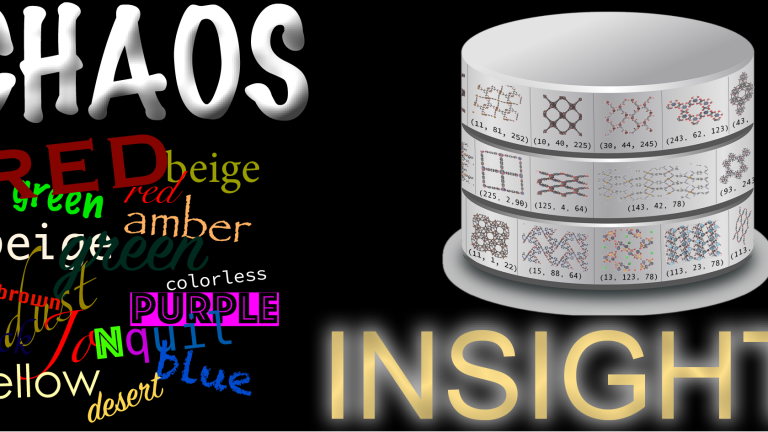
Colours of MOF
K. M. Jablonka, B. Smit, S. M. Moosavi, M. Asgari, C. Ireland, and L. Patiny, A data-driven perspective on the colours of metal-organic frameworks Chem Sci (2021) DOI: 10.1039/D0SC05337F Abstract: Colour is at the core of chemistry and has been fascinating humans since ancient times. It is also a key descriptor of optoelectronic properties of materials (…)
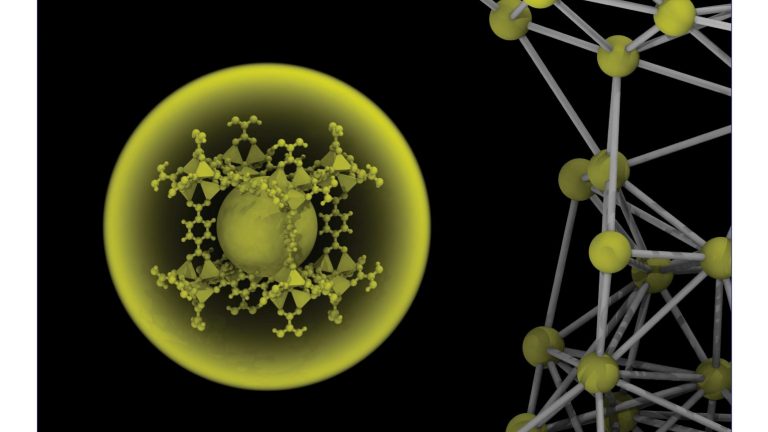
Cover of JACS
The perspective of Mohamad and Kevin on a cover of JACS. S. M. Moosavi, K. M. Jablonka, and B. Smit, The Role of Machine Learning in the Understanding and Design of Materials J Am Chem Soc (2020) http://dx.doi.org/10.1021/jacs.0c09105
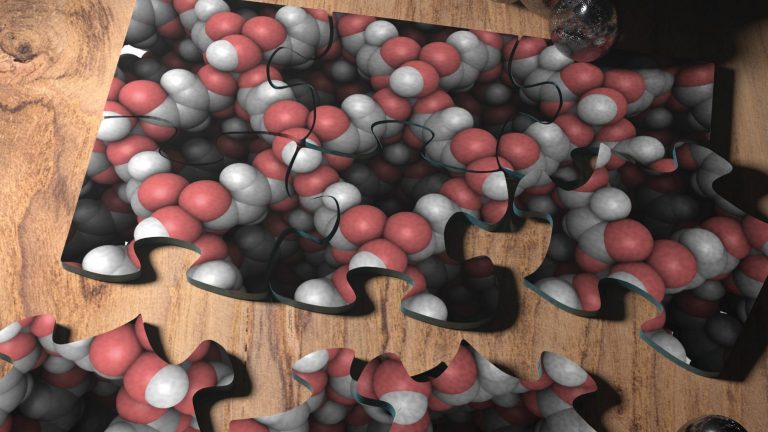
Cover of ACS Central Science
The perspective of Daniele and Leopold on the cover of ACS Central Science. D. Ongari, L. Talirz, and B. Smit, Too Many Materials and Too Many Applications: An Experimental Problem Waiting for a Computational Solution ACS Cent. Sci. (2020) http://dx.doi.org/10.1021/acscentsci.0c00988
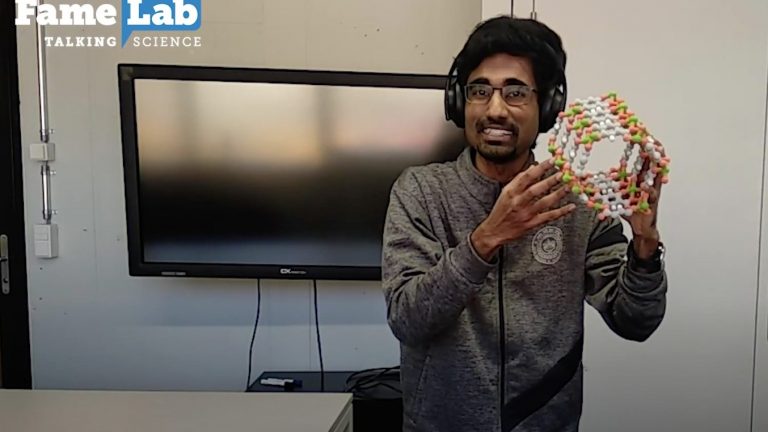
Sauradeep wins the world finals of FameLab
Here is his winning presentation:

AiiDAlab
A. V. Yakutovich, K. Eimre, O. Schütt, L. Talirz, C. S. Adorf, C. W. Andersen, E. Ditler, D. Du, D. Passerone, B. Smit, N. Marzari, G. Pizzi, and C. A. Pignedoli, AiiDAlab – an ecosystem for developing, executing, and sharing scientific workflows Comput. Mater. Sci. 188, 110165 (2021) doi: 10.1016/j.commatsci.2020.110165 Abstract: Cloud platforms allow users (…)

Machine Learning: Understanding and Design of Materials
S. M. Moosavi, K. M. Jablonka, and B. Smit, The Role of Machine Learning in the Understanding and Design of Materials J Am Chem Soc (2020) Doi: 10.1021/jacs.0c09105 Abstract: Developing algorithmic approaches for the rational design and discovery of materials can enable us to systematically find novel materials, which can have huge technological and social (…)
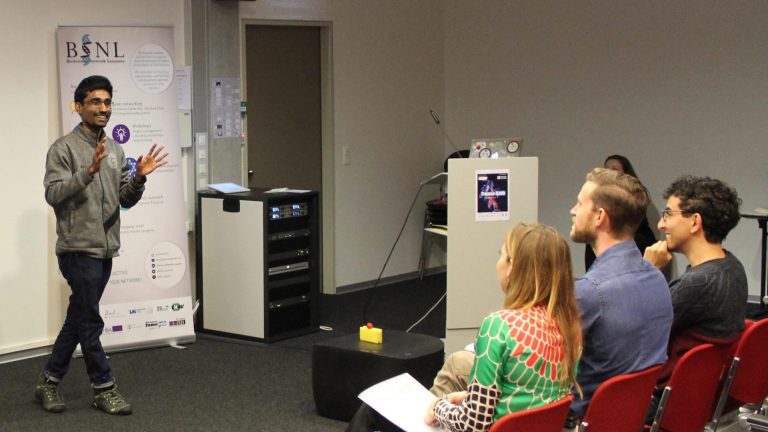
Sauradeep wins Swiss Finals of FameLab
You can find an interview with Sauradeep here: https://actu.epfl.ch/news/sauradeep-majumdar-winner-of-famelab-switzerland-2/? See here his winning presentation for the Swiss edition of FameLab
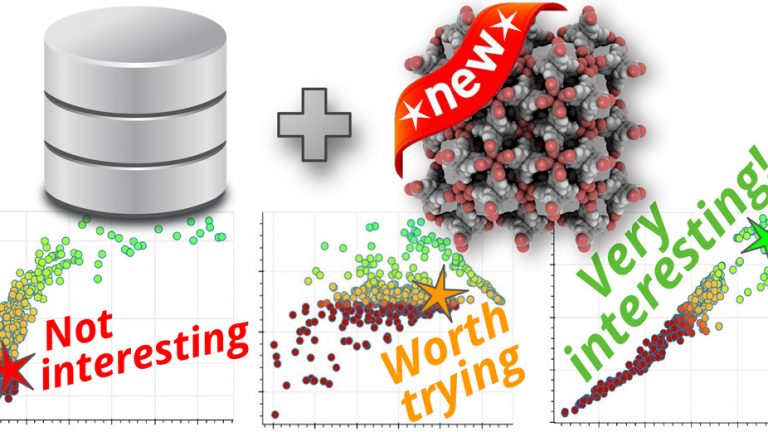
Too Many Materials and Too Many Applications
D. Ongari, L. Talirz, and B. Smit, Too Many Materials and Too Many Applications: An Experimental Problem Waiting for a Computational Solution ACS Cent. Sci. (2020) http://dx.doi.org/10.1021/acscentsci.0c00988 Abstract: Finding the best material for a specific application is the ultimate goal of materials discovery. However, there is also the reverse problem: when experimental groups discover a (…)